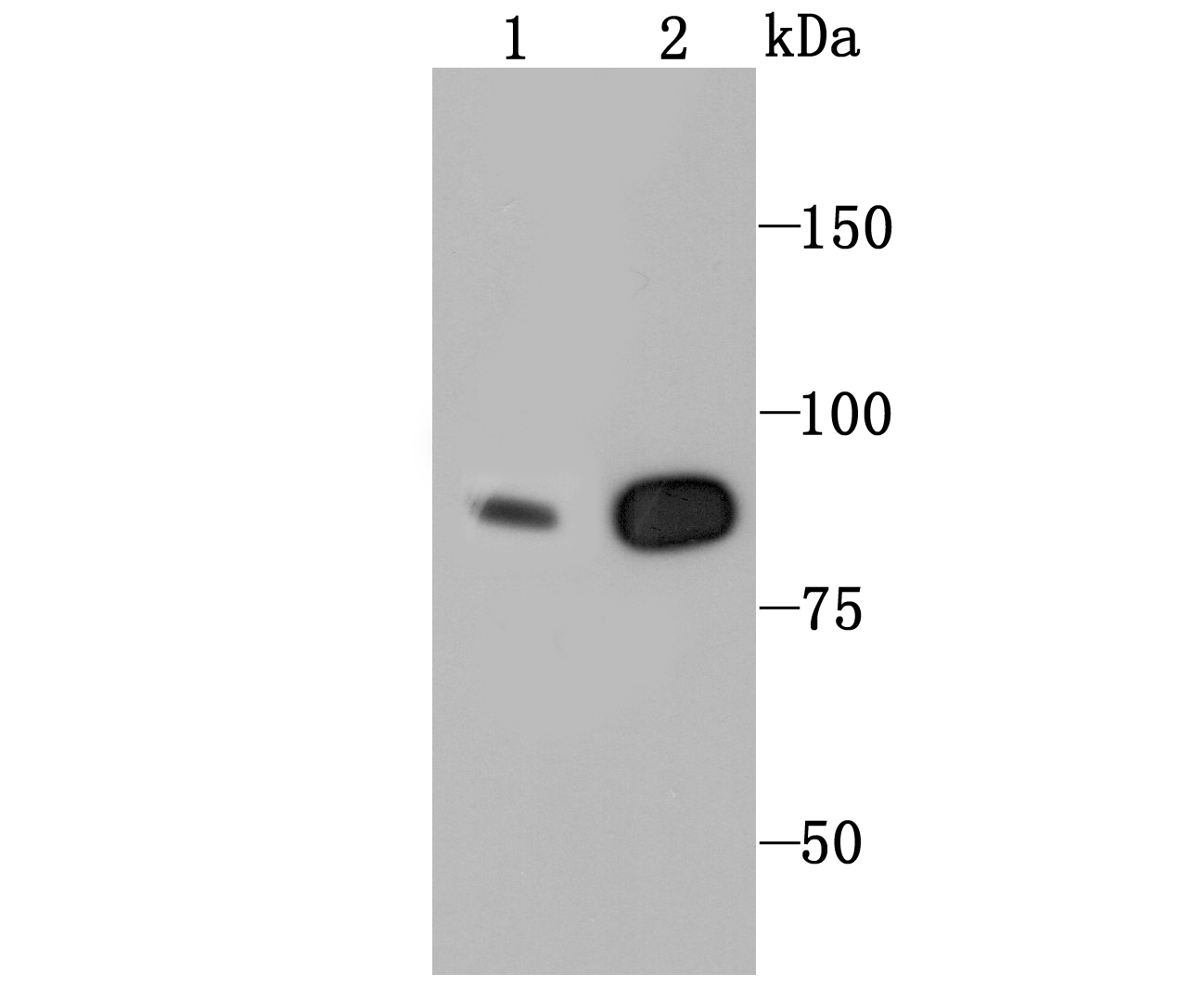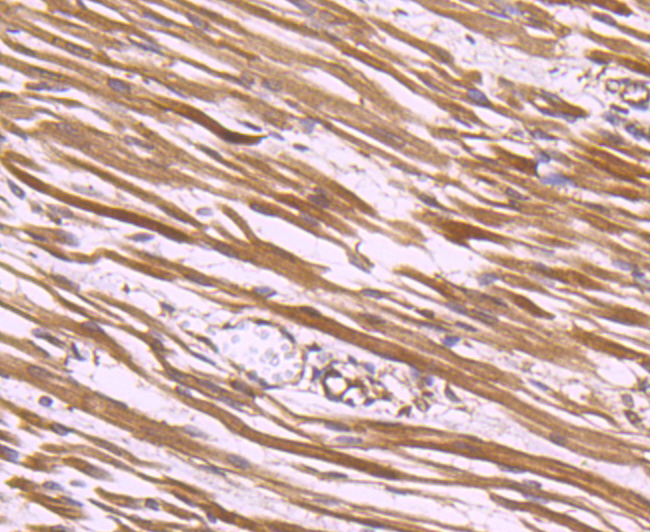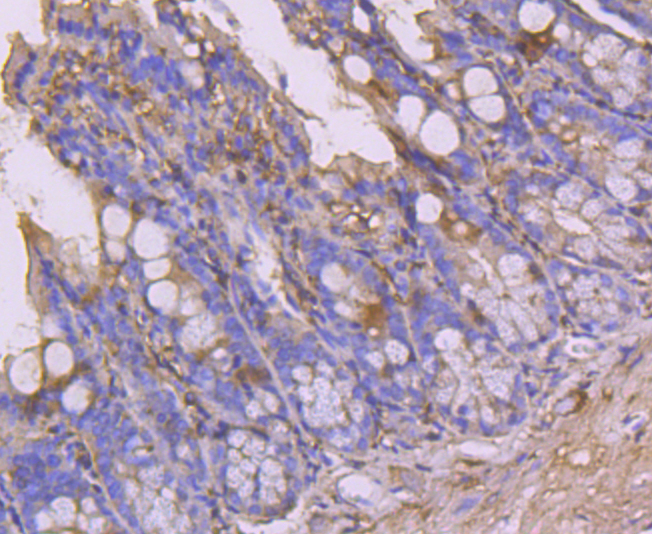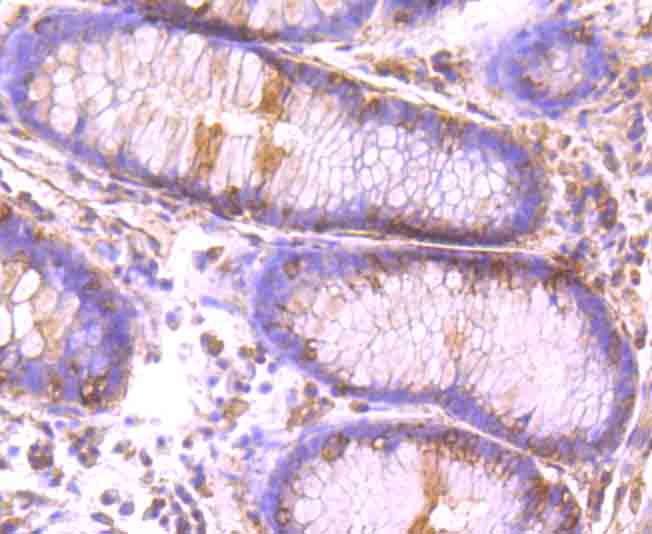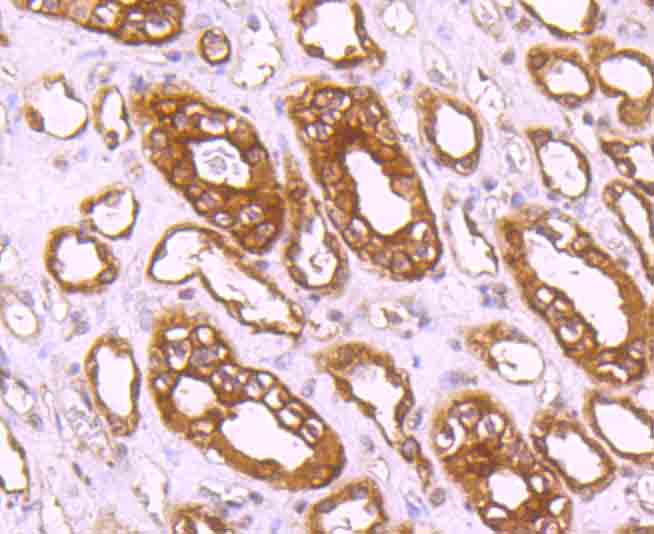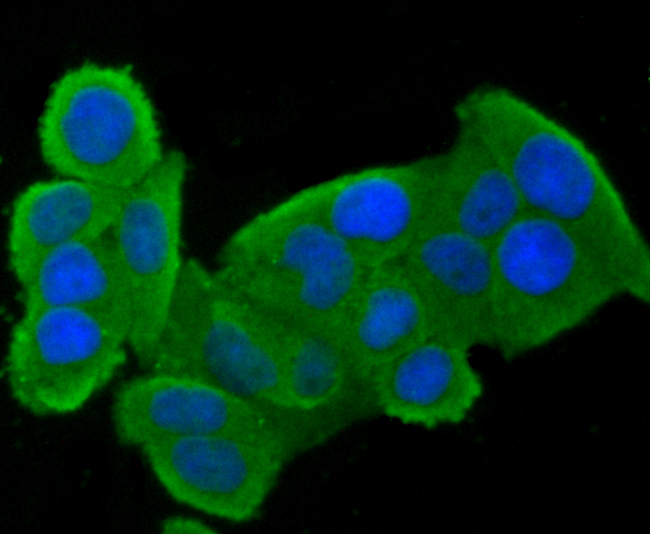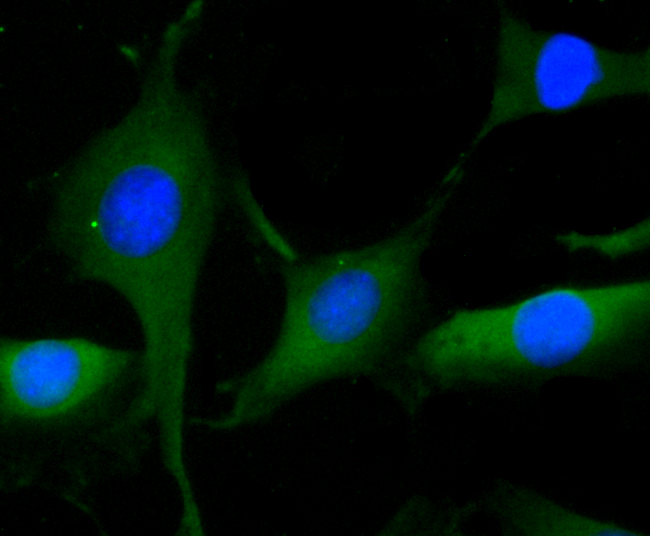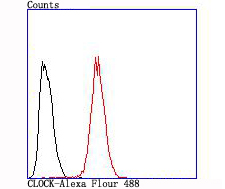Biological timepieces called circadian clocks are responsible for the regulation of hormonal rhythms, sleep cycles and other behaviors. The superchiasmatic nucleus (SCN), which is located in the brain, was the first mammalian circadian clock to be discovered. Clock, a member of the Basic-helix-loop-helix-psp (bHLH-PAS) family of transcription factors, has also been identified as having circadian function. Mutations within the clock gene have been shown to increase the length of the endogenous period and To contain a loss of rhythmicity of circadian oscillations. Clock contains a DNA-binding domain, a protein dimerization domain and a glutamine-rich C-terminal region, which indicates transactivation ability. It has been speculated that Clock may regulation circadian rhythmicity in combination with Other proteins such as Per. Per is also a PAS-domain containing protein that exhibits circadian function. Highest expression of Clock is seen in the hypothalamus and the eye.

